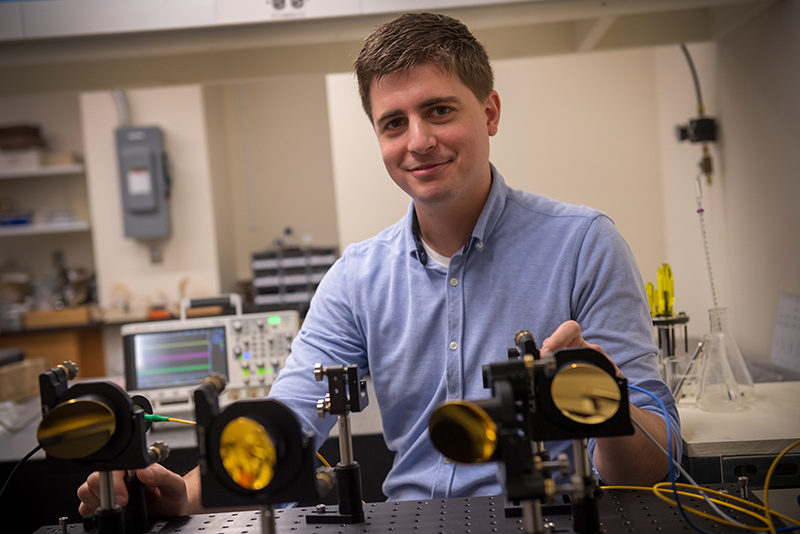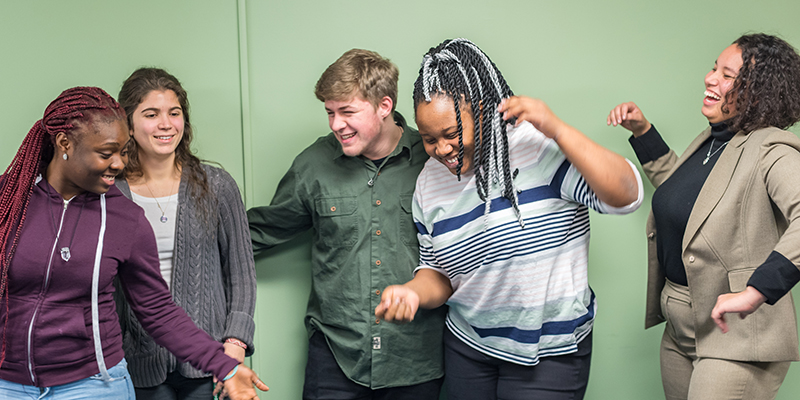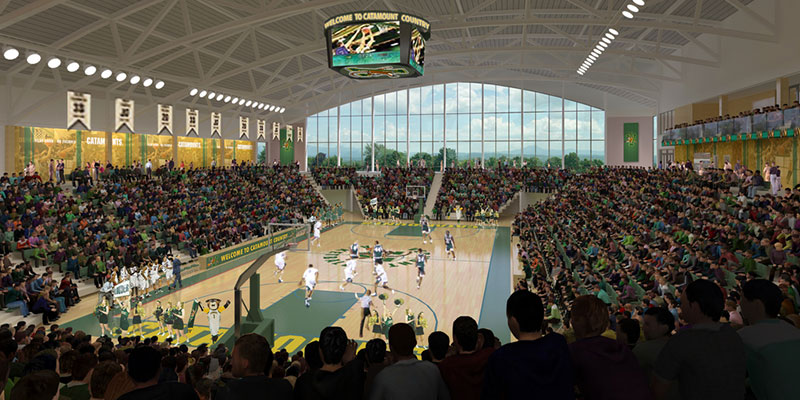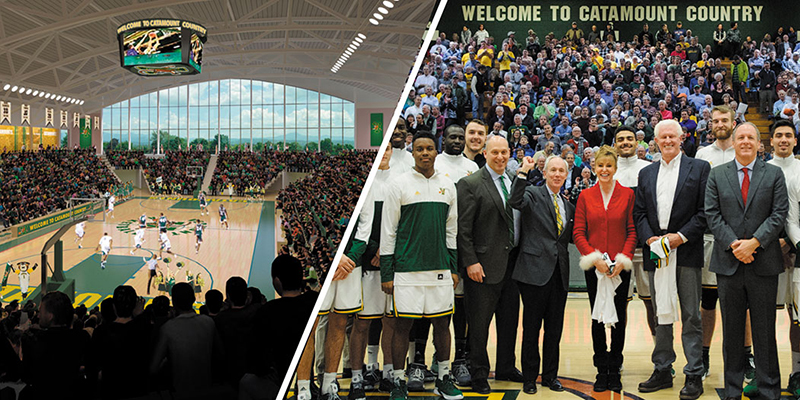A new study examining 100 years of bumble bee records reveals that almost half of Vermont’s species, which are vital pollinators, have either vanished or are in serious decline.
After conducting the state’s most extensive search for bumble bees, and combing through historical records from museum collections, the team has concluded that four of Vermont’s 17 bumble bee species appear to have gone extinct.
The study, led by University of Vermont (UVM) and Vermont Center for Ecostudies (VCE) researchers, was published in the Journal of Insect Conservation.
“We’re losing bumble bees even before we fully understand their benefits to our economy and well-being, or how they fit into ecosystems,” said Kent McFarland, conservation biologist at VCE.
Acquiring the data to understand the conservation status of Vermont’s bumble bees was no small feat. From 2012 to 2014, study authors and a corps of over 50 trained citizen scientists searched the entire state, amassing a database exceeding 10,000 individual encounters with bumble bees from all of Vermont’s counties and biophysical regions, and in 81% of the state’s 255 municipalities.
To compare current bumble bee diversity and distribution in Vermont to historic records, the team assembled a database of nearly 2,000 bumble bee records, some from as early as 1915, from 13 public and private insect collections. The largest repository of specimens is held at the University of Vermont’s Zadock Thompson Natural History Collection.
While the researchers cannot pinpoint what may have caused these sudden bumble bee population declines, habitat loss, parasites, pesticides, and climate change have all been implicated by recent bee studies in North America.
Now, conservationists here in Vermont and across the continent are sounding alarms.
Wild bees pollinate wildflowers and most crops in Vermont, including blueberries, tomatoes, squash, and one of the state’s essential commodities: apples.
“Wild bees perform the majority of all pollination on Vermont farms, whether or not managed honey bees are present,” said Leif Richardson, an ecologist with UVM’s Gund Institute for Environment and Rubenstein School of Environment and Natural Resources. “As an ecosystem service, pollination is worth millions annually. But we don’t know how the loss of native bee species will affect our food supply or overall environmental health.”
Potential causes of declines
Trouble for some bumble bees may come from a hitchhiker. In the 1990s, farmers began releasing captive bred Common Eastern Bumble Bees (Bombus impatiens) into greenhouses to increase crop production, especially for indoor-grown crops like tomatoes. Some colonies may have been infected with pathogens and parasites, which they then spread to wild bees in the same areas.
Honey bees, introduced to North America in the eighteenth century, may spread RNA viruses and other pathogens to wild bees through shared use of flowers, as recently found in Vermont.
Another culprit is likely common pesticides, including neonicotinoids. “Neonicotinoid pesticides are particularly dangerous to bees because plants absorb them through the roots, rendering all plant parts toxic to insects,” said Richardson. “This includes pollen and nectar, essential components of the bee diet.”
And it’s not only neonicotinoids that may threaten bumble bees: recent research shows that such insecticides can have negative effects on bees when combined with commonly used fungicides.
Warming, drought, and other effects of climate change are impacting bumble bees in North America and Europe by causing both latitudinal and elevation changes in species distributions, with the majority of species experiencing consequent range contractions, according to a study published in 2015 in Science.
Habitat loss and urbanization are also taking their toll on pollinator populations of all kinds, bees included. The study found that diversity and abundance of bumble bee fauna in Vermont were strongly influenced by land use and land cover. For example, grassland cover was one of the strongest drivers of species diversity and predictors of individual species occurrence. In Vermont, most grasslands are located in agricultural landscapes, where pesticide application is more frequent, and periodic mowing can destroy bee nests and forage.
The association between bumble bees and hayfields and other grasslands is cause for concern, because the state lost nearly 2% of its grassland cover between 1996 and 2010, an average of nearly 1,000 acres annually. Land cover change may interact with other issues, such as climate change, to drive bumble bee declines.
Vanishing bees
Despite examining more than 10,000 bumble bees since the turn of the century, the scientists did not encounter a single Rusty-patched Bumble Bee (Bombus affinis), which was fairly common in Vermont until the 1990s. The last known record for Vermont was a drone collected on August 31, 1999 in the Intervale in Burlington. Information from this study helped the Vermont Agency of Natural Resources list this species as Endangered in the state in 2015, followed two years later by the U.S. Fish and Wildlife Service listing it as federally Endangered.
“This investigation confirms our fear that the Rusty-patched Bumble Bee is almost certainly extinct in Vermont and may never be back,” said McFarland. “We hardly knew it – and now it’s gone.”
The Vermont Bumble Bee Atlas, a project of VCE’s Vermont Atlas of Life, revealed that at least three other bumble bee species warranted listing in Vermont:
- Ashton Cuckoo Bumble Bee (Bombus ashtoni) infiltrates colonies of Rusty-patched and Yellow-banded Bumble Bees, enslaves the workers and uses them to feed its young. With the Yellow-banded Bumble Bee severely depleted and the Rusty-patched Bumble Bees now gone, so goes the invader. It was last seen in 1999 and is listed as Endangered in Vermont.
- Yellow-banded Bumble Bee (Bombus terricola) had been feared to be on the brink of extinction in Vermont, but new encounters with this bumble bee during the VCE survey suggest it might be surviving some threats. It was listed as Threatened in Vermont.
- American Bumble Bee (Bombus pensylvanicus), once a common bumble bee in the Champlain Valley, it has not been found since a University of Vermont student’s unwitting discovery in 2000. A detailed report is being written to consider it for listing status in the state.
But not all bumble bees have fared poorly. The biologists found that the five species that increased the most belonged to the dominant subgenus in North America called Pyrobombus, which is relatively stable or increasing in other areas of the continent as well. The Common Eastern Bumble Bee appears to be expanding its range, possibly in part due to transport of managed colonies for crop pollination.
“I’ve been amazed to see how this study, and other recent pollinator news, has increased the public’s awareness of bumble bees in Vermont,” says Spencer Hardy, a field biologist for VCE during the study. “It seems a lot more people are paying attention to bumble bees and are conversant in their ecology and diversity.”
“Our next step is to move from investigation toward solutions,” said McFarland. “But those solutions will take hard work and partnerships among federal and state agencies, conservation research groups like ours, and the public.”
“These collections are priceless,” said VCE biologist Sara Zahendra of the historic bee collections used in the study. “Decades ago, students and biologists likely had no idea that some of the species they were collecting would completely disappear. Without these collections, we wouldn’t know how our bee populations have changed.”
Learn More
- Read about Gund efforts to fight global bee declines: https://www.uvm.edu/gund/bees
- Read about VCE’s Vermont Bumble Bee Atlas at http://val.vtecostudies.org/projects/bumble-bee-atlas/
- Richardson, L. L., K.P. McFarland, S. Zahendra, and S. Hardy. 2018. Bumble bee (Bombus) distribution and diversity in Vermont, USA: a century of change. Journal of Insect Conservation. https://doi.org/10.1007/s10841-018-0113-5. (PDF)
Media Contacts:
Leif Richardson
Gund Institute for Environment
University of Vermont
leif.richardson@uvm.edu
802.793.6449
Kent McFarland
Vermont Center for Ecostudies
kmcfarland@vtecostudies.org
802.649.1431 x201
Source: UVM News















